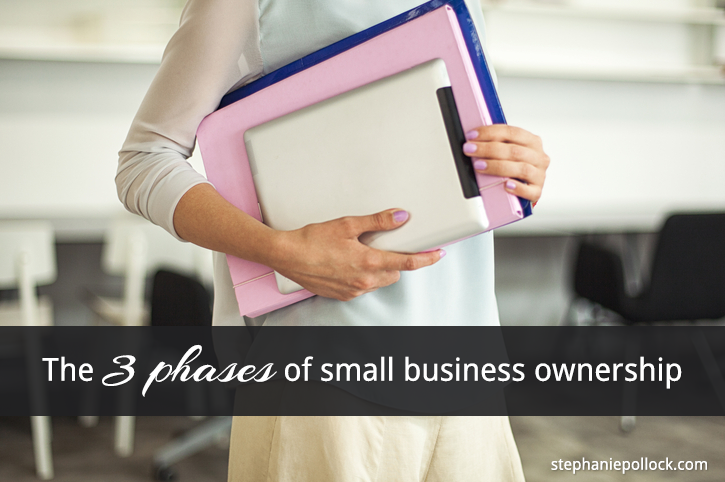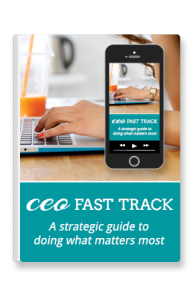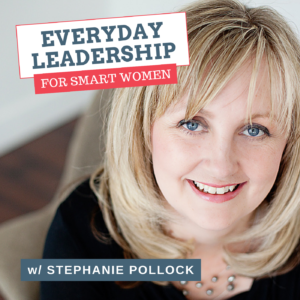It’s been my experience, that every small business (we’re talking solopreneurs and businesses with teams of five or less), have three distinct phases they can travel through.
Some may stay stalled out and stuck at phase one, many more will make it to phase two and only a select few will transcend and enjoy the fruits of phase three.
Before I reveal these phases, let me be crystal clear. Every entrepreneur has the potential to reach phase three. It’s not reserved for those with access to funding or a wealthy partner. It’s not only for those without kids or those with a team of staff to support. In fact, few external factors actually even impact which phase a business owner will be in.
Let’s start by breaking down the three phases of small business ownership:
*It’s important to note that these three phases are not marked by longevity in business.
Phase 1: Hobbyist
For many, this is the early stage of business — whether it’s the seed of an idea, or a side hustle while you work your day job, or the beginnings of a true enterprise. So while it’s often characterized by the start-up entrepreneur, the truth is that many seasoned business owners still find themselves in hobby-land years after starting their business.
Characteristics of a Hobby Business:
- There’s no clear plan in place around how the business will make money, attract customers and what to focus on
- Business is making very little money and money made is going right back into the business (e.g. no profit for owner)
- The message and brand of the business are unclear
- Marketing is either minimal or inconsistent
- The founder is trying a lot of things, experimenting, pivoting, shifting and trying to see what works
- The founder may be avoiding opportunities to share their solutions with their market (e.g. Afraid to sell)
- The founder may be spending more time watching, consuming and comparing to other businesses then taking action on theirs
As I noted earlier, if you’re in start-up mode, this stage of business is perfectly normal and to be expected. Where things go awry is when you stay in this space indefinitely and never break beyond the hobbyist container to actually run a real business.
Truthfully? A hobby business is a bit of an oxymoron. I believe you can have one or the other. If you’re just looking to put your ideas out into the world, share your gifts and have fun, then by all means — run a lifestyle, hobby venture and do it proudly and purposefully. But if you want a business that generates consistent income for you and your family, allows you to reach more people and affords you the lifestyle you desire, then it’s time to move on.
Phase 2: The Entrepreneur
Welcome! You’ve made the decision to move beyond a hobbyist and into a full-fledged entrepreneur. At this stage, you’re likely a solopreneur doing everything yourself (with perhaps a bit of help here and there), or a very small team of people advancing your business mission.
Without a doubt, most small business owners will stay in this phase indefinitely. In fact, most of the resources available to micro-business owners cater to this particular phase. It’s a place of comfort, a place where things are working (mostly) and a place of pride, “I AM an entrepreneur – I did it.”
Characteristics of an Entrepreneurial Business:
- The business has some form of direction and plan (although it’s not always followed, and often abandoned for the latest bright shiny object)
- The business is making money, and potentially a decent profit
- Marketing is happening consistently via numerous channels and the platform is growing
- The founder is very active IN their business – servicing clients and customers, handling admin duties, writing/blogging/speaking/networking
- The founder’s focus is likely on the daily to-do list and more immediate and urgent tasks with little time for strategic planning and visioning
- The business is likely starting to, or enjoying referral-based business via peers, past clients and vendors
- The founder may start to feel overwhelmed, exhausted or even burnt out with all the tasks needed to run the business
- A team may be forming – either with specialists (e.g. copywriters) or with regular support (e.g. virtual assistant)
- Ideas are coming fast and furious, but the founder is struggling to decide which to execute and which to shelf
- The founder may be starting to question if the business is sustainable and how growth is possible
Phase two of small business ownership is a bit bittersweet. While things are working – money is coming in, clients are happy and your business is gaining visibility and traction, eventually a point comes where you realize that it’s not sustainable or scalable beyond what you’re currently doing, and that you’re working REALLY really hard without a huge ROI. In many ways, this stage feels a bit like a job – with you as its most overworked employee!
It’s a this point of phase two, when you’re presented with two choices:
1. Keep your entrepreneurial business running as status quo and make minor adjustments along the way in hopes of relieving the pressure or increasing profits,
OR;
2. Make the decision to take the courageous leap into Phase Three.
Phase 3: The Leader (or CEO)
The air is fresh and clear up here. No more noisy superhighway of busy business owners fighting for a small piece of the big pie. Welcome to the CEO Business with you as its rightful leader.
This phase is reserved for a self-selected few (there are no gatekeepers) who consciously, intentionally and purposefully decide that they are ready to start playing big in their business. This isn’t about revenue numbers, social media followers or being the loudest business owner on the block, it’s about a mindset and a way of being in your business, and by extension, the way your business claims its place in the market.
Characteristics of a Leader Business:
- The business has a solid plan complete with clarity on revenue goals & income streams and areas of focus that’s reviewed and measured against regularly
- The strategic priorities are clear and serve as the guiding lens from which all decisions are made
- The business is making income (and profits) reliably, consistently and in support of the Founder’s financial goals (both personal and professional) – the business model works
- The founder is no longer doing everything in the business – leveraging either technology or a team (or both)
- The founder(s) consistently work ON the business not just in it
- The founder has a clear, 30,000 foot picture of her current business landscape and a vision for where she’s headed – whether that’s about staying small, but mighty or building a big business
- The business is unshakeably aligned with the Founder’s values, strengths and desires
- The founder is feeling the relief and thrill of building a more sustainable business that allows for the freedom to do more of what she loves
As you review these three phases, be honest about what phase of business you’re currently in. The first stage is to just own it.
Ask yourself the following questions:
- Which phase is my business currently in (it’s ok if there’s some overlap – pick the one that best describes the current state of your business)?
- What’s my experience of being in this stage? How does it feel? What does it look like?
- What phase would I like to shift into next (if applicable)?
- What three steps do I need to take next to make the leap?
The good news? You get to choose what phase of business you want to be in. Yes, it will take effort, planning, commitment and courage to move through the phases to the Leader Business, but it’s absolutely doable and it starts with a decision.
The even better news? If you’re currently in a Hobby Business, you can bypass phase two altogether and head straight for the Leader Business. Bonus!
Want to fast track your path to phase three?
Grab my CEO Fast Track Guide by clicking on the image below and start mapping out your path to being the leader in your business.




